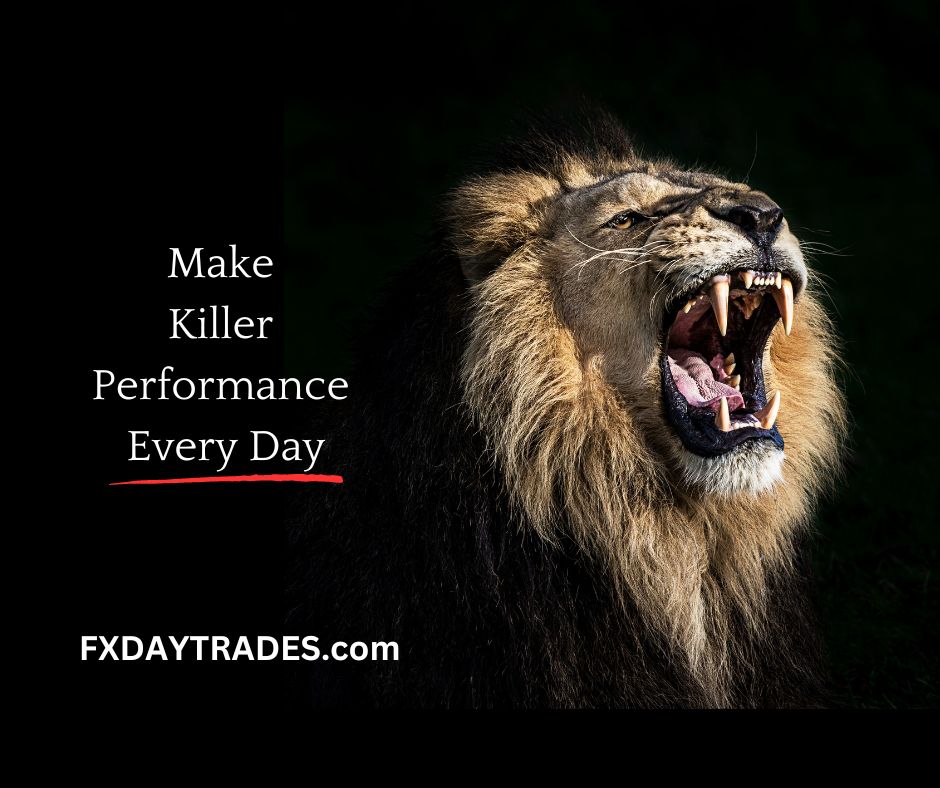Discover the best robot for gold trading and learn a scalping strategy with an average performance of $500 per day. In this video, we’ll take a look at a trading platform and learn how to trade manually, as well as how to test it automatically. If you’re a fan of algorithmic trading or want to start, this video is for you. But remember, this video is for education and entertainment purposes only, and it is always important to make your own decisions when it comes to trading.
Algorithmic Trading Strategy for Gold: Earn $500 Daily
Introduction
Gold trading is a popular investment asset that many traders are interested in, and it’s no surprise why. It’s a precious commodity that retains its value over time, and unlike traditional currencies, it’s not subject to the same market volatilities. However, trading Gold can be risky if you do not have the proper trading strategy. In this video, we will discuss a proven algorithmic trading strategy for Gold that can earn you an average of $500 per day.
Bollinger Bands
The first step is to add the Bollinger Bands indicator on the Trading View platform for Gold on the M1 chart. By default, the Period and Deviation for the Bollinger Bands are set at 20 and 2, respectively. However, for this trading strategy, we would increase the Period to 32 and the Deviation to 2.8. This will expand the bands, indicating that the market is volatile.
The Bollinger Bands primary function is to identify market trends. When there is a movement or trend, the bands move away from each other. Conversely, in a sideways market, the bands converge. The entry rule for this strategy is to buy or go long when the price goes below the lower band, and after it gets inside the bands. However, for the signal to be valid, there must be a bar opening below the bands, and on the opening of the next bar, we enter the trade.
Standard Deviation
The exit strategy for this trading strategy is when the Standard Deviation indicator crosses the 4 level upwards and goes downwards. The Standard Deviation indicator is added to the Trading view platform with a default length of 20. For this trading strategy, we would increase the length to 37. The Standard Deviation indicator is represented by a line below the chart that goes a little bit over 0. When the Standard Deviation indicator crosses the 4 level upwards and then goes downwards, it’s time to exit the trade.
Reversing the Trade
The final step is to remember to reverse the trade if the opposite signal appears. This is where many beginner traders go wrong. They fall in love with their trades and fail to reverse the trade when necessary. If a sell signal appears, it’s time to close your buy trade and open a sell trade instead.
The Robot
Trading can be an emotional process, and it’s easy to become too wrapped up in a particular trade, leading to poor decisions. That’s why Algorithmic Trading works best for Gold trading. A Robot can follow the trading strategy, strictly executing trades without any emotional interference. Therefore, I will attach the Robot in the description, which can be downloaded for free. To use the Robot, MetaTrader is the best platform to execute trades, and there is a complete guide available in the description.
Statistics
Using EA Studio, a professional software that analyzes trading strategies, I have tested our strategy for the past 1 month and a half, with 50,000 bars of data. I have tested the strategy 288 times, and the results show a very steady profit line. The average profit for this strategy is $524.87 per day. The stats info shows that we had a maximum of 4 consecutive losses, and the drawdown was 33%. However, when reducing the trading lot size to 0.1 per trade, the drawdown reduces to just 3%.
Conclusion
Algorithmic Trading can be a fantastic tool for traders looking to enter the Gold market. By using a proven strategy and a Robot, traders can minimize risks and maximize profits. The strategy outlined in this video has been tested and proven to earn traders an average of $500 per day. However, as always, it’s important to do your research and make your own decisions when trading. Do not risk more than 2 to 5% of your capital, and always be cautious when entering a trade.

